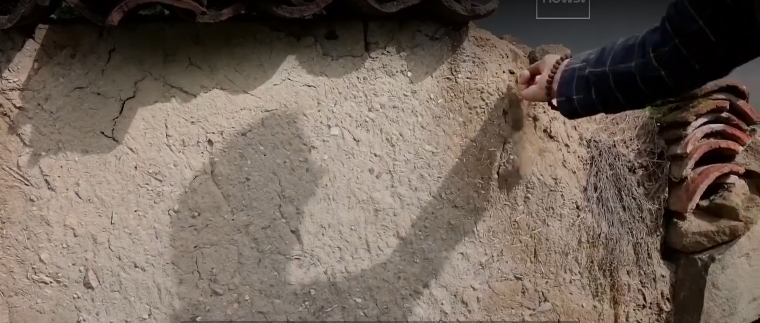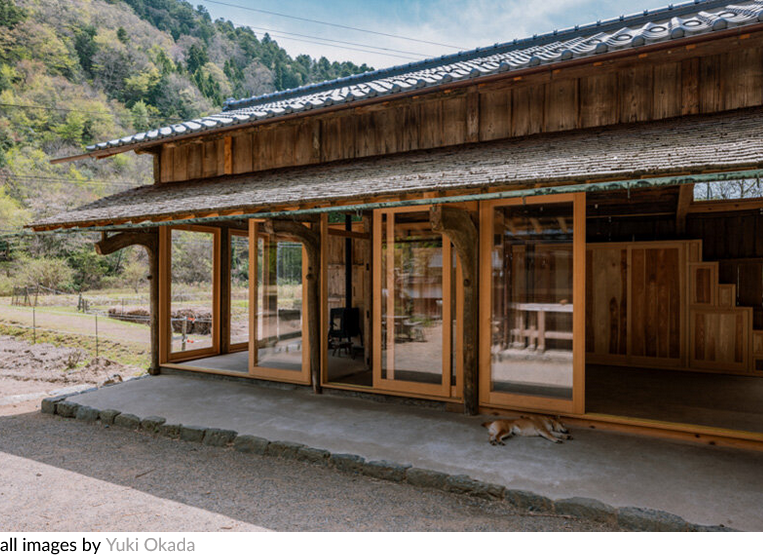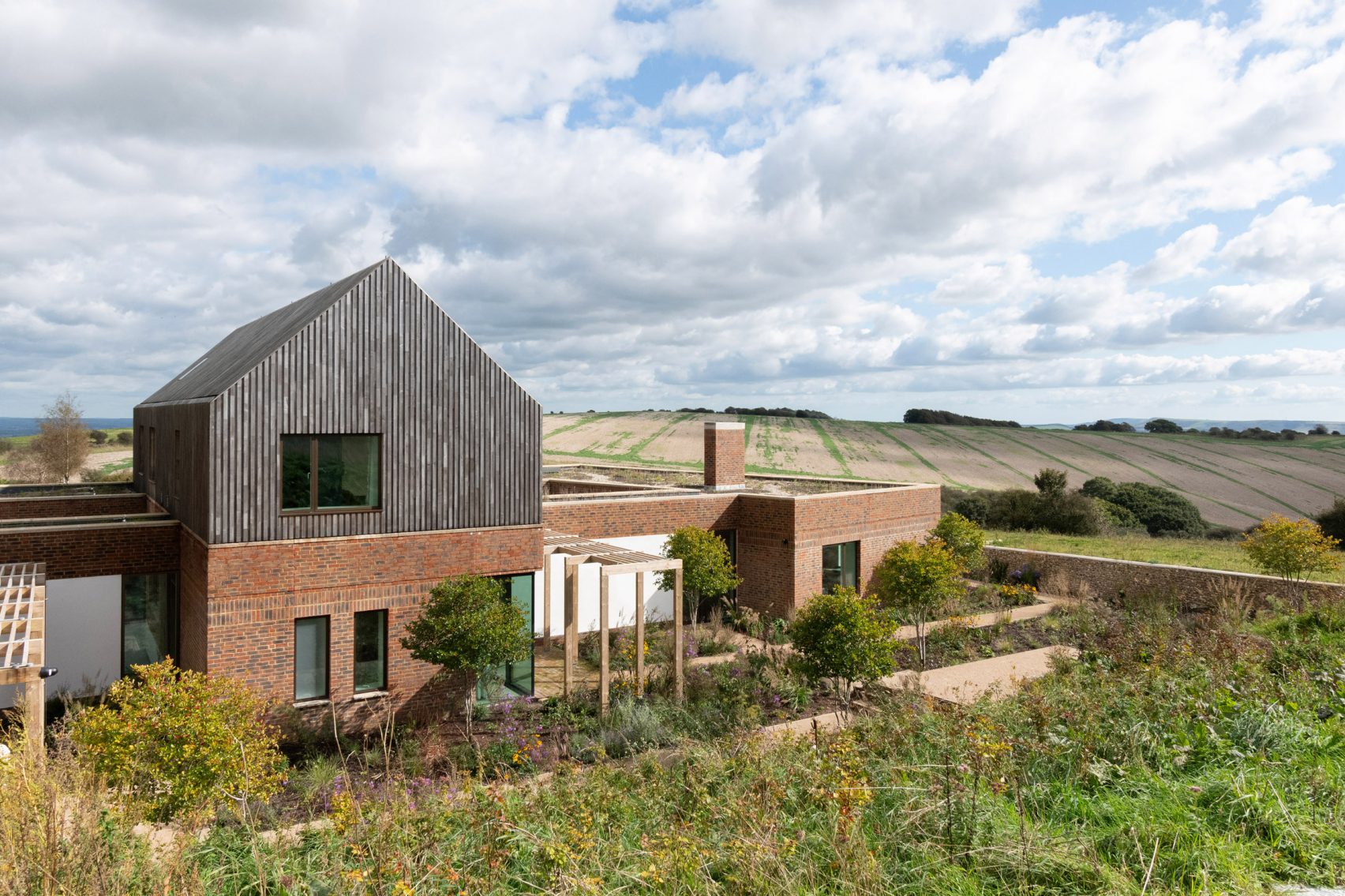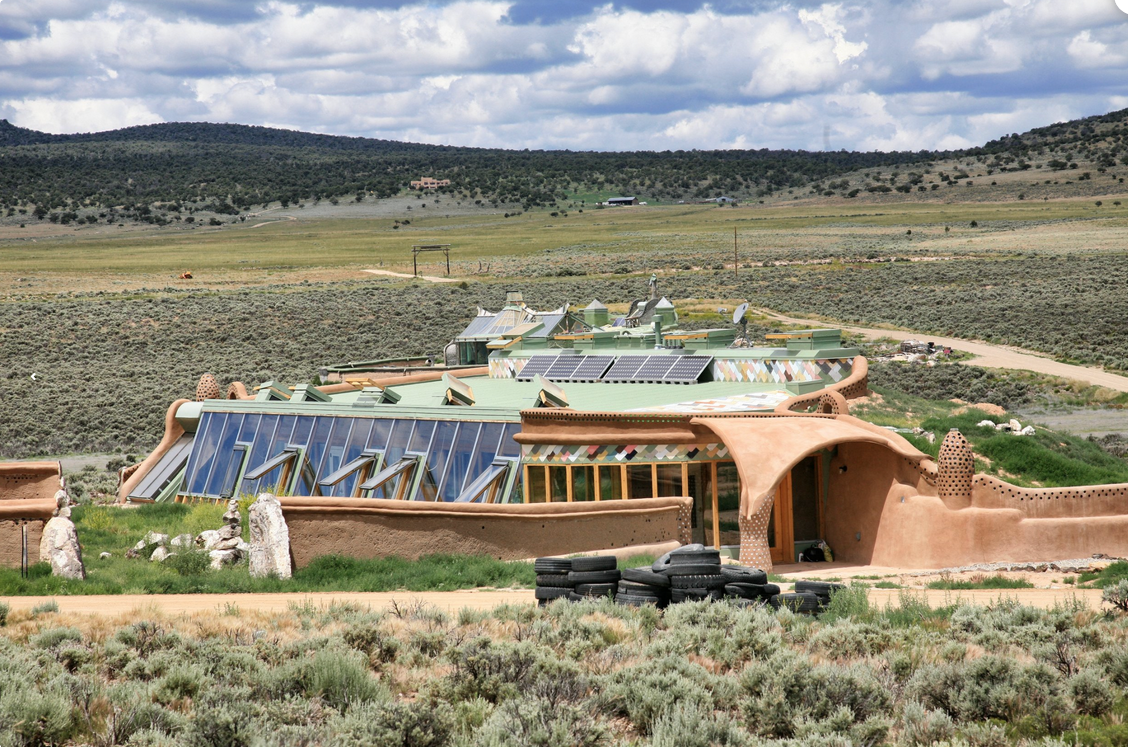Morocco’s Aït-Ben-Haddou Mud Village
For centuries, Morocco’s Aït-Ben-Haddou has been a thriving nexus of commerce, culture, and architectural ingenuity. As a bridge between Marrakech and Timbuktu, it serves as a refuge for traders and a fortress against the desert’s harsh elements. Its sun-baked walls stand as a monument to adaptation and survival, sculpted from the very land it inhabits. … Read more






